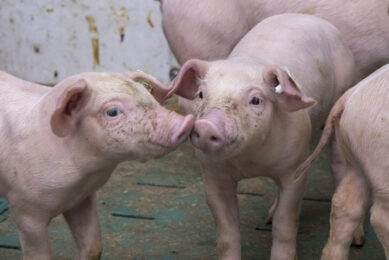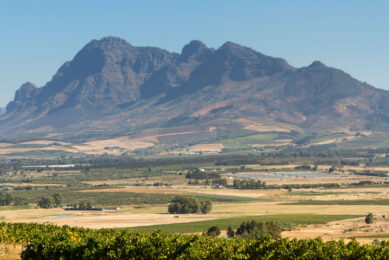100% slave free pork

Consumers get many choices these days. Labels exist for high health pork, organic pork, environmentally-friendly pork and animal-friendly pork.
This week I read about Tony’s Chocolonely chocolate bars, which are well-known for being guaranteed slave-free (child labour free) chocolate. After a while my thoughts drifted off. Is slavery or child labour happening in pork production as well?
One country
According to this extensive graph from 2012, from the Toronto, Canada-based newspaper National Post, there is one country known where it might occur – the Philippines, a country where over 65% of pigs are being held in backyard farms.
Diving into the topic a little bit, I read that child labour, partly driven by poverty, is an acknowledged problem in the Philippines. The Philippine government is making steps to eliminate the worst forms of child labour, as can be read in this document, set up in that same year by the US Department of Labor.
What does this mean for overseas customers? Not a lot, as there does not seem to be a big chance that Philippine-produced pork will show up in any (super)markets abroad. Confronted with a strong population growth with an appetite for pork, the country mainly imports pork anyway – and the country’s approximately 14 million pigs are consumed domestically. The UN Comtrade Database confirms this.
Nevertheless, pork exports from the Philippines are possible. The country has been able to export pork since 2011, when it was officially declared free from Foot-and-Mouth Disease (FMD) without vaccination.
Feed production
This is only half of the problem though – as also in swine feed raw material production of corn and wheat, slaves or children are known to be used according to the graph. For corn, the graph points to Bolivia, Guatemala and the Philippines; for wheat the graph points to Pakistan. According to the UN Comtrade Database, the raw materials from these countries do get exported to a variety of countries.
With feed, this is as far as I can trace it – it’s difficult to get more specific than this.
The topic does raise my interest though. Next time I’m in South East Asia, I’m tempted to take a look in a Philippine hog farm. I’m sure there are lots of different stories to be told too – and more than ever I’m curious to see the country’s progress and development.











